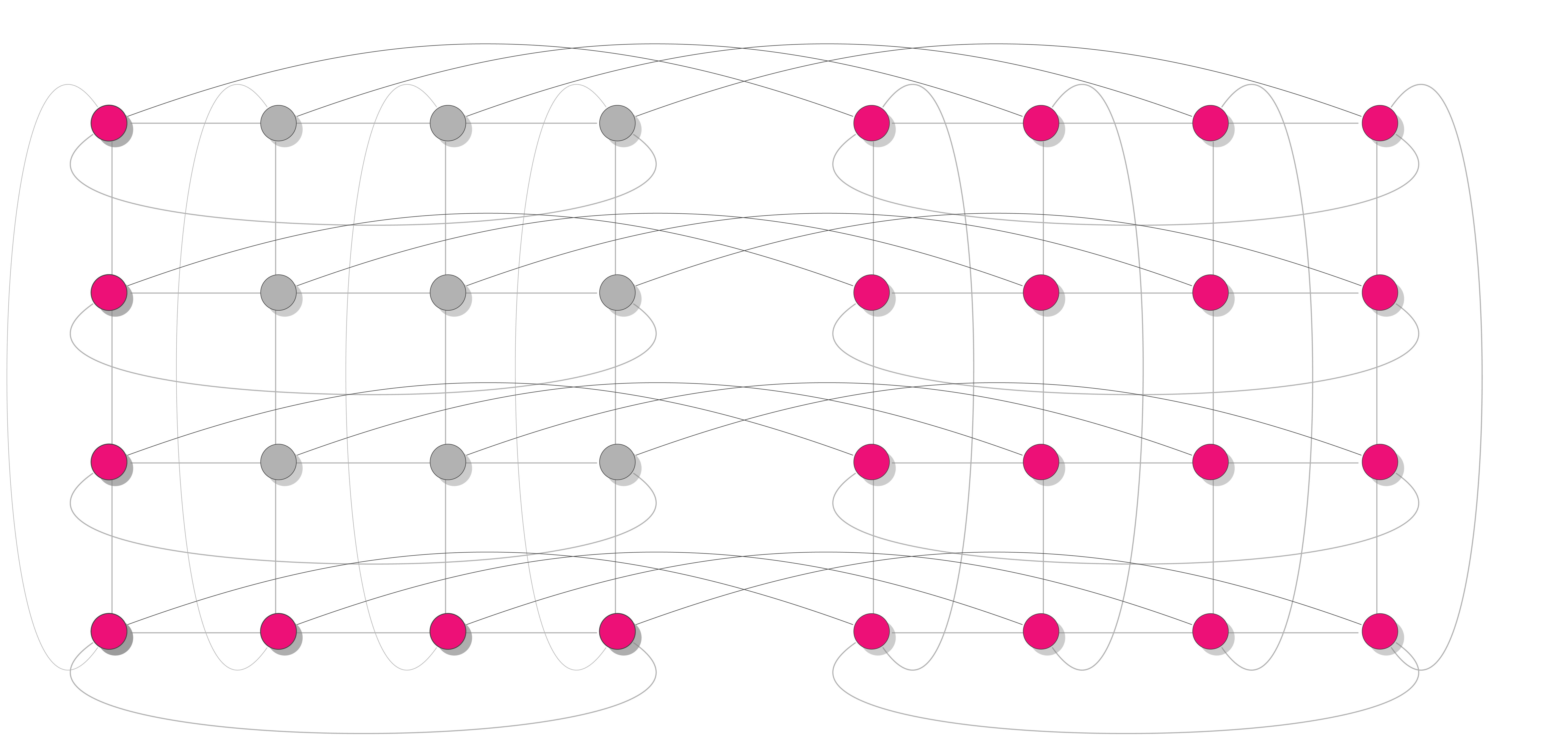
Can the technical difficulties of building large quantum computers be overcome?
The design of large-scale quantum computers and networks will require new insights from physics, computer science, and engineering. Theoretical predictions suggest that large fault-tolerant quantum information processors are possible in principle, and could potentially solve computational problems that are both useful, and intractable on classical supercomputers. But new theoretical and experimental techniques, and novel software and hardware architectures, will be needed to build such machines in the real world.
Examples of QuICS research in this area include work on quantum software, programming languages and compilers, theory to support state-of-the-art experimental quantum computers, and techniques for quantum control and characterization of quantum devices.